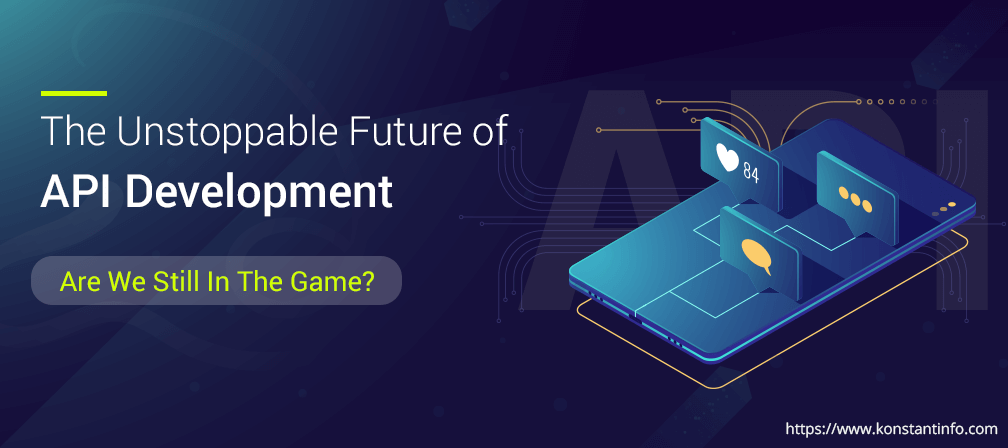
In a world where users are leveraging applications and data in new ways, technology is quickly moving to the forefront of business priorities as organizations undertake digital and IT transformation projects that enable strategic differentiation. Organizations in all industries must align with changing customer preferences to avoid being disrupted by a new crop of nimble competitors. Therefore, technology will increasingly determine how businesses define and distinguish themselves in the market.
Application programming interface (API) enables two applications to interact and exchange general information. When you open an app like WhatsApp, LinkedIn or Facebook etc., to check weather, send instant messages, share a post or upload a photo, you’re making use of an API.
Making use of API in an open and flexible way for building platforms and capability makes it easier to merge systems data, locations, algorithms and things with individuals. This helps in adding new value for users and organizations while sharing data and information.

Many don’t know this that you can still invest in the technology revolution since the internet; API’s are profoundly changing everything. Read on to learn why you should be watching this space closely.
One application has an understanding of other application. Taking the example of a switch and Lightbulb, this situation is similar to pressing a button and lighting up the bulb. It will also resemble a scenario in which voice commands are used to lighten up the bulb. Now imagine, instead of saying ‘light up’, you have to instruct a computing device to do the task for you. As if you are scheduling a clock timer, that will do the things on prescribed time. Write the command, lightMeUp(). In this example, the application is the bulb itself. The interface is the understanding between the bulb and the user. It is essentially the interface for programming the application (the bulb). The API lets you know how to write out the commands to make the bulb do the stuff. This can be understood as an abstraction layer for software services and resources, so that they can be accessed as a bulb, without a need to understand how it will be implemented.
Three components that are combined to form the API = Application + Programming + Interface
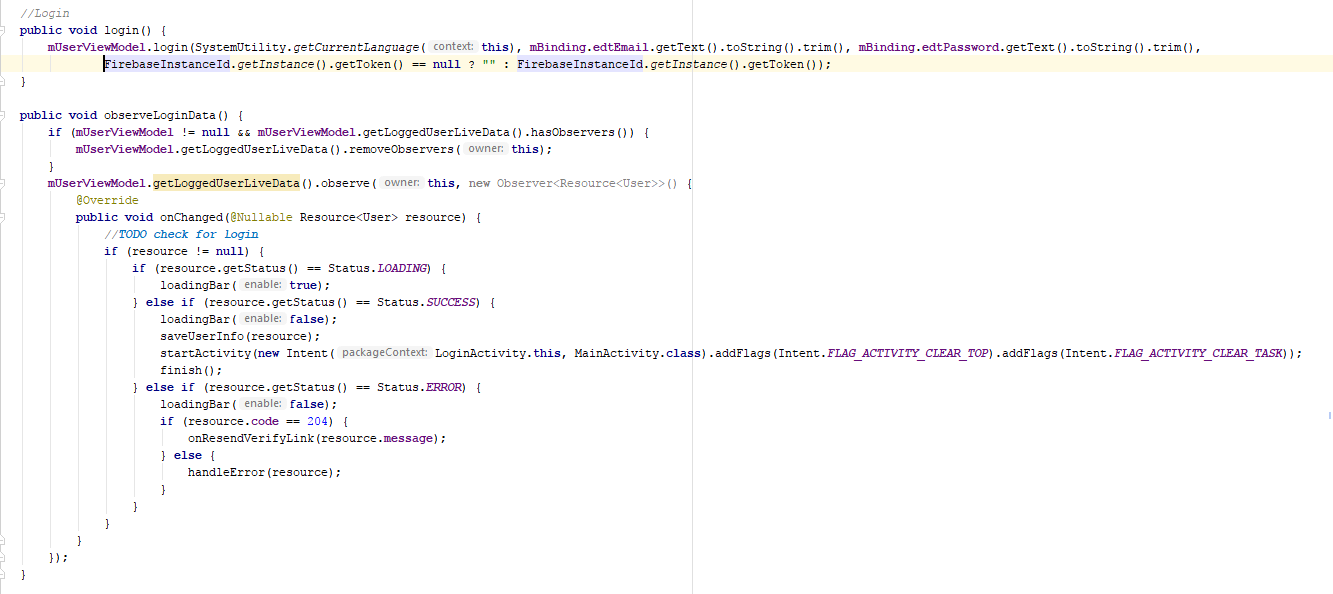
In the first method we call the API and in second method we get a response of that API.
Scenario
Rachel is a user who goes to Barista coffee café and order’s a cappuccino coffee at Barista Counter. (A) That order goes to Kitchen (B). Coffee is prepared and sent to counter (C). Rachel will pick her coffee from the counter (D).

Redefining This Scenario In API Way
A method is invoked and parameters are passed from User to Application (A). The request is sent from the Application interface to database (B). The database sends a response to the application interface(c). User receives a response from Application interface (D). The process is complete.
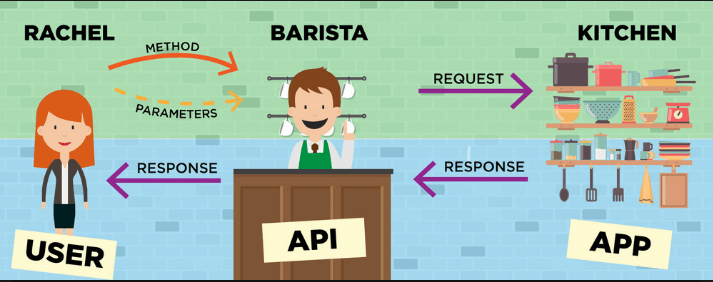
(Image source: sealifimg.pw )
Consider another scenario where a user requests weather information: While a naïve user requests for weather information, from New York to San Francisco, this process is facilitated by the help of an API. The request goes to weather.com and the webpage is read for the information. The app sends a query to weather.com with help of an API in a structured format like JSON and this in return is presented to the user in an appropriate structured format. The use of API becomes evident when we check the website directly. In this particular case, the app relies on a particular structure of data to collect the information and fulfill the user request.
The app does not work in case the webpage is redesigned. A new API has to be created by the app developers in that case. Proper use of API is advisable so that user gets to know the behavior, usage details, anomalies and security risks within the technology operation, which is not possible otherwise.
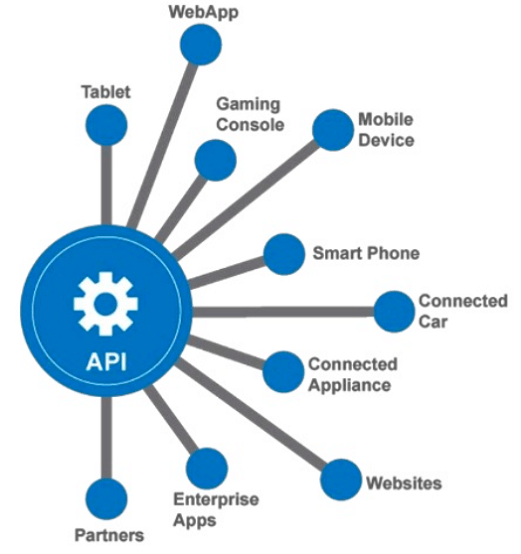
(Image source: electronicproducts.com)
Here is a list of four types of servers (API’s) that pretend to be different in every different scenario, to suit each specific need and provide particular tools. Every API exposes the same interface for the clients to use and is simultaneously unaware of the specific server-side behavior.
Every app will need a production API. The server sends the data from the database to the app and that is what is readable by users. This can be updated on demand and permissions and business logic can be enforced. It returns data to only those users who can see it.
Also known as fake API’s, or a body double of production API, this API works on the client before Production API is available.
This helps in adding reusability to the code, custom testing and consistency to the code.
It returns data in the way client expects it to be. It makes use of random data to generate various problem states
Essential features that every API must have:
Industry wide practices that app developers must follow:
Consider these two highly detailed case studies to understand API’s better:
Case 1:
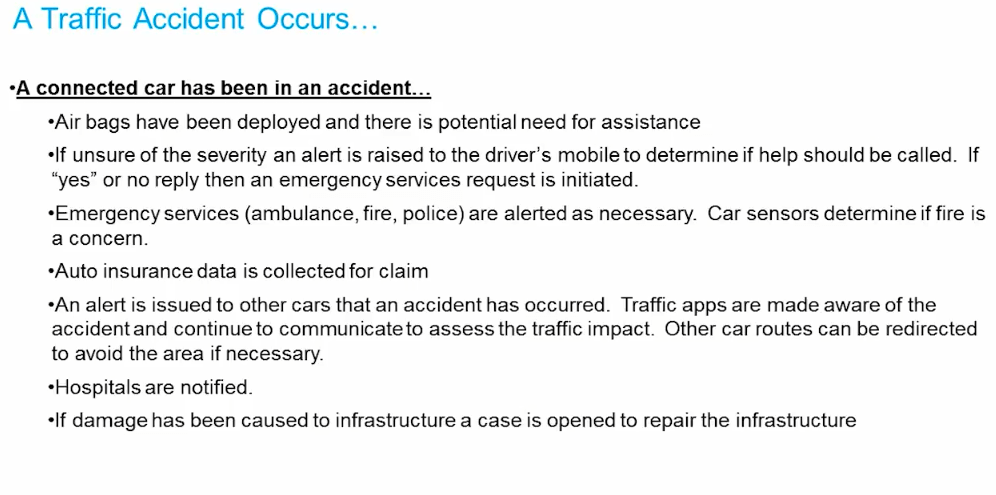
Case 2:
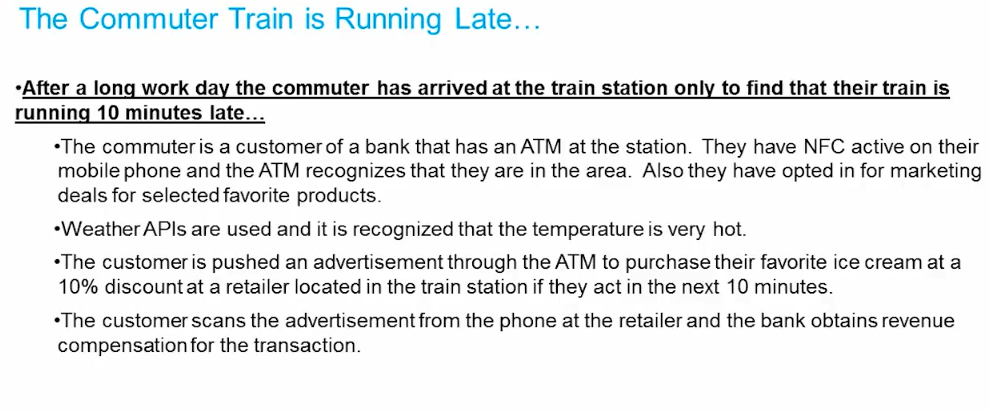
An Application programming interface (API) can be a means of communication between App to App and will essentially assist in requesting, sending and updating information or a mechanism that supports such information. Hardware engineers are working in close coordination with programmers to design appropriate API platforms that manage things like security, access management, and gateways. The API’s provide valuable information to end users and also acts as a bridge between these worlds. Whether it is for an intelligent home, a smarter supply chain manufacturing or an e-health application, it will influence the way in which people live, work and play together. This list is illustrative list of API use cases being used by various mobile app development agencies. Indian mobile app developers find many additional use cases as their efforts progress. This is the place to start, contact us for details
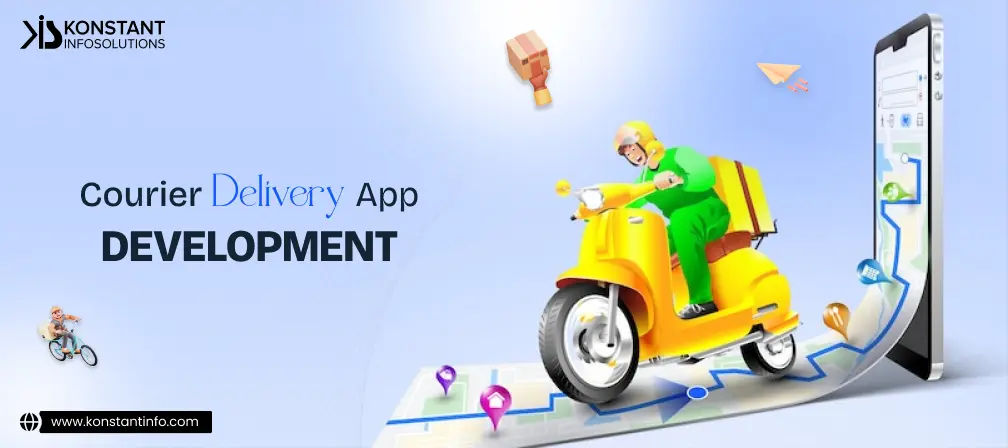
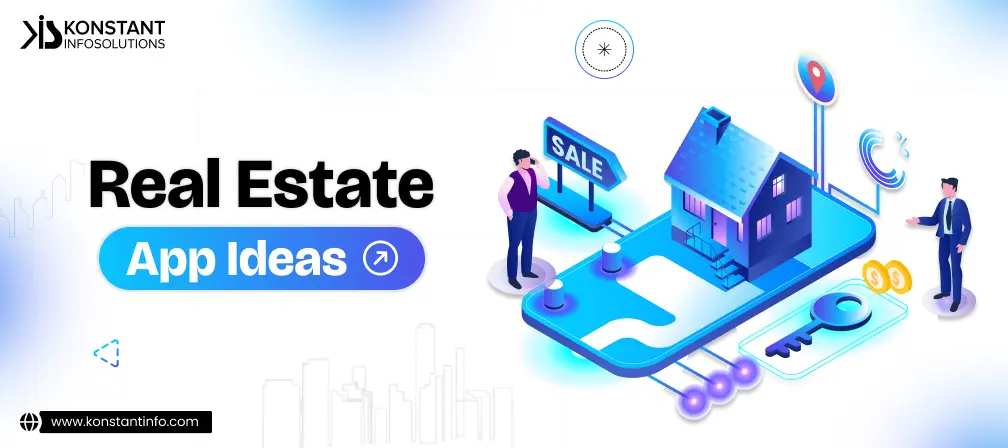

Neeti Kotia is a technology journalist who seeks to analyze the advancements and developments in technology that affect our everyday lives. Her articles primarily focus upon the business, social, cultural, and entertainment side of the technology sector.
Or send us an email at: [email protected]